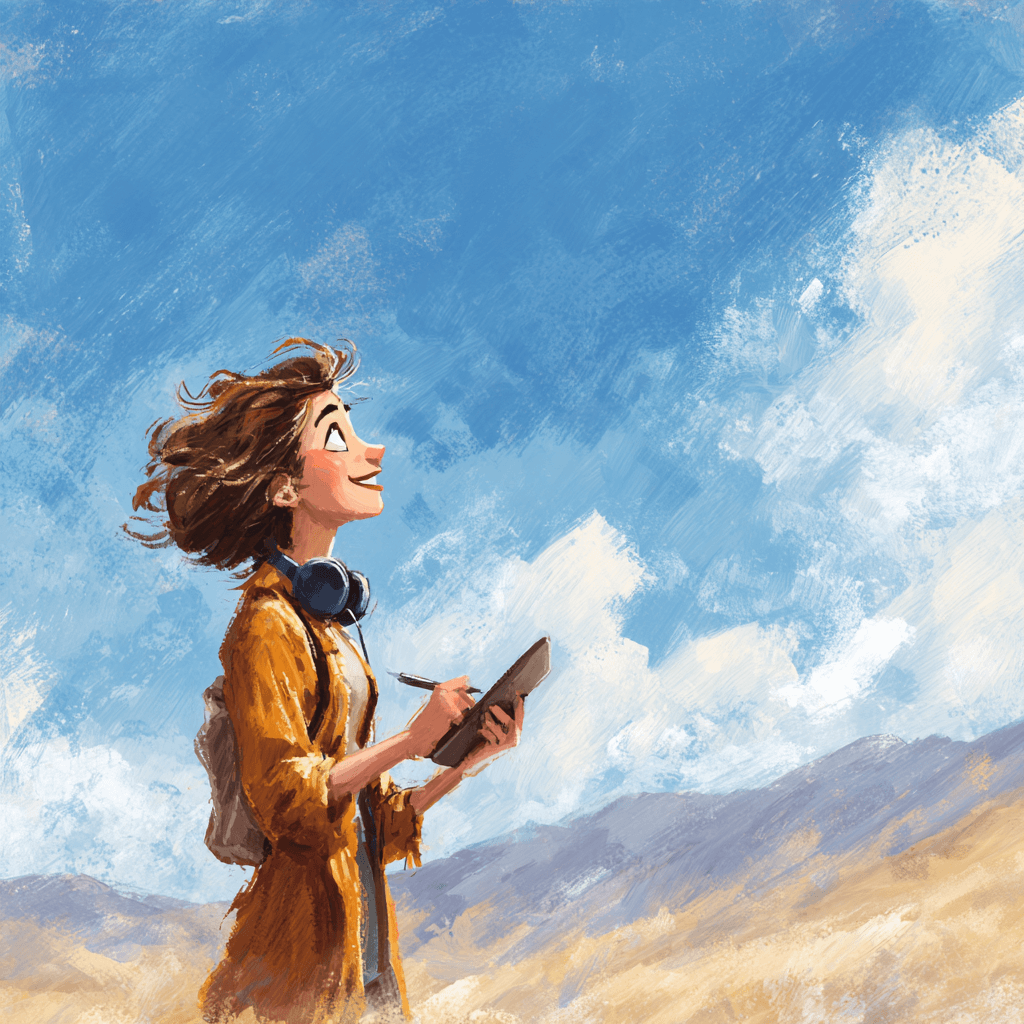Design Talk
Notes from the process — B2B branding, AI-powered creativity, inspiration, and the designs who keep me thinking.
Is prompting the same as designing? The answer is maybe.
Is prompting the same as designing? Maybe—but not in the way you think.
Prompting saves time, but it doesn’t replace the craft of design. In my work, AI tools like Figma Make, Canva, Synthesia, and Adobe Firefly act as accelerators—helping me move past bottlenecks and focus on storytelling, systems, and meaning.
The numbers back it up: 67% of creatives save 3–5 hours a week with AI, and 72% believe it will be standard in design within two years. That’s not just efficiency—it’s a shift in how teams collaborate, explore ideas, and bring concepts to life.
AI isn’t the driver of design. It’s the co-pilot. And when we use it that way, we create faster, explore deeper, and keep creativity at the center.
My Creative Toolkit and How AI Fits In
My creative toolkit keeps expanding as AI weaves into the tools I use every day. From Figma Make for quick prototypes to Synthesia for every video I produce, AI is speeding up the repetitive work so I can focus on design thinking and storytelling. Adobe is still the leader—Photoshop, Illustrator, and Firefly now come with powerful generative features built in—but every platform in my stack is evolving.
I’m still searching for that one perfect end-to-end tool that can handle text as smoothly as Adobe while telling complex B2B stories. We’re not there yet, but each new capability gets us closer. Until then, the real value of AI is simple: more time back for intentional design. Let’s not lose that mentality in the rush to automate.
B2B Design Rule: Read the Content Before You Design (AI can help)
In B2B, design isn’t just about making things look good—it’s about translating complex content into something people can actually read and understand. That work doesn’t start with fonts, colors, or layouts. It starts by reading.
When designers take the time to understand the content, they can set hierarchy, chunk information, and use visuals to clarify instead of decorate. Skip that step, and you risk designing for yourself instead of the audience.
Turning Long-Form into Many: AI’s Role in B2B Short-Form Design
In today’s digital world, attention spans are shorter than a goldfish’s. That’s why B2B brands can’t rely on long resources alone—buyers expect content that’s fast, simple, and easy to digest. Short-form posts, quick videos, and modular designs help capture attention before it swims away.
The Non-Existent Creative Brief in B2B: Turning Chaos Into Clarity With AI
In B2B, the “creative brief” rarely exists. Most projects start as a one-line email or a Slack ping: “We need a campaign for this launch next week.”
That’s when creative leaders step in—turning scraps of input into clarity. The process is simple but powerful: capture the request, add what you know, let AI shape a draft brief, and most importantly—validate it with stakeholders before execution begins.
Because here’s the truth: a half-baked brief is a red flag. Without validation, you’re setting your team up for wasted effort. With it, you’re aligned, fast, and ready to evolve the brand with every deliverable.
Mastering AI Tools to Overcome Creative Obstacles — and Why This Will Look Completely Different in a Few Months
AI is reshaping B2B creative—but it’s still stuck in old habits.
While tools like Midjourney, Runway, and ChatGPT have unlocked new ways to research, design, and produce visuals, most AI engines are still trained on massive libraries full of outdated corporate clichés—cold boardrooms, stiff handshakes, and generic “tech” backdrops. The result? Creative that misrepresents what modern B2B should look like.
The problem shows up everywhere—from warped text rendering to surreal, irrelevant imagery. A recent AI-generated “compliance risk” visual proves the point: unreadable type, flashy effects, and a sterile aesthetic that’s miles away from today’s brand storytelling.
Brands like Vanta, Asana, Revolut, Venminder, and Roots AI are redefining the look of B2B with approachable, design-forward creative. But until AI is trained on these modern examples, it will struggle to distinguish what’s fresh and effective from what’s outdated and overused.






